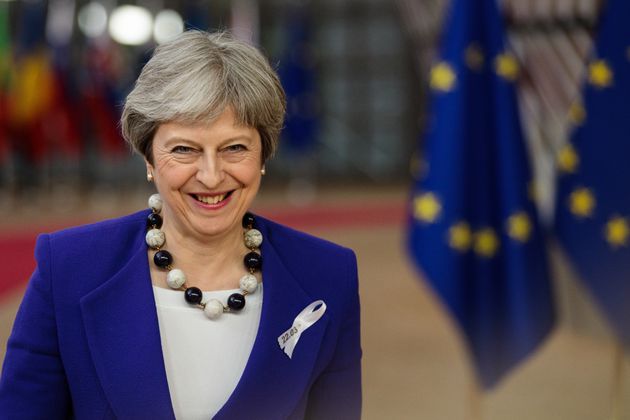
The battle bus with its promise that leaving the EU would result in an extra £350million a week to spend on the NHS was one of the most powerful images of the referendum campaign.
But nearly two years on it is increasingly clear that far from being better off as a result of Brexit we are risking a future of lost jobs, cuts to services and a squeeze on family budgets. And as a new report, published today by the Women’s Budget Group and the Fawcett Society, shows this will have serious implications for women as workers, consumers and users of public services.
There is extremely strong evidence that the overall impact of Brexit upon UK GDP will be negative and that a no-deal ‘Hard Brexit’ would be the most damaging. Uncertainty about what form Brexit will take makes it impossible to accurately predict the exact effect on the economy. However, most economists predict that GDP will be between 1.5 and 9.5% lower than it would have been if we remained in the EU. The lowest estimates of impact assume that the UK stays in the Single Market and Customs Union, both of which have been ruled out by the UK Government.
So what will this mean for women?
Women as workers
In the short term, predictions that increased uncertainty as a result of Brexit would lead to slower growth and a squeeze on wages appear to have been borne out. In March 2018 the Office for Budget Responsibility projected that GDP would grow by only 1.4% annually over the next five years in part as a result of Brexit. Low wage growth and increased inflation led to a real-terms fall in average full-time wages of 0.4% in 2017.
In the longer term there will be winners and losers. Increased barriers to trade will hit sectors that rely heavily on exports to the EU and the industries that supply them. Sectors such as textiles and clothing, which have a majority female workforce, are heavily dependent on trade with the EU. If the economy goes into recession, job losses for both women and men will result, not only in these sectors, but across the board.
Meanwhile if the price of imports from the EU increases, then this may create new opportunities in the UK for entrepreneurs and generate new forms of employment. Those with the most resources (wealth, transferable labour market skills, mobility) are more likely to be able to respond/adapt to and benefit from such opportunities. Men as a group tend to have more of these resources than women.
And don’t forget that much of the legislation protecting equality and workplace rights that women benefit from originated in, or was strengthened through, the EU. Although this is being incorporated into UK law through the European Union (Withdrawal) Bill, it is vulnerable to change by a future government.
Women as consumers
A report from the LSE puts the total decline in household income after Brexit at between £850-£6,400 per year. If tariffs on food are increased, leading to rising prices, this will hit the poorest households hardest: the poorest tenths of households spend 23% of their spending on food, compared to the richest tenth who spend 10%. Women are the main managers of family budgets and the shock-absorbers of poverty, and in attempting to shield their families from poverty’s worst effects women tend to bear the brunt of the effects.
At the same time EU consumer law sets the framework for consumer rights in the UK. Once the UK leaves the EU there will be nothing to prevent a future government from reducing those rights. Consumer rights could be particularly impacted by trade deals with non-EU countries. The US, for example, allows for the chlorination of chicken or hormones in beef and would be likely to want to ensure access to UK markets for these products. If the UK becomes more reliant on trade with countries outside the EU as a result of a poor deal with the EU, it may result in the rolling back of consumer rights and the erosion of consumer protections including, potentially, health and safety protections as well as food standards.
Women and public services
The £350million that Leave campaigners claimed would be available for the NHS will be swiftly wiped out if economic forecasts of lower GDP are correct. If the Government decides to cut public spending in response to a fall in GDP, in the way that happened after the 2008 economic crisis this will mean further cuts to services and benefits. Research by WBG and the Runnymede Trust has shown that cuts to public services and benefits since 2010 have hit the poorest households hardest, women harder than men in every income group and Black and Asian women worst of all.
Meanwhile the quality of public services, particularly the NHS, is under threat from the potential loss of EU workers who may decide, or be forced to, leave the UK post-Brexit. This will worsen the existing recruitment crisis in the NHS. Furthermore, the NHS is set to lose money through the loss of capital financing from the European Investment Bank, the rising cost of recruitment, and higher costs of pharmaceuticals and other medical products as a result of Brexit.
The UK government must carry out equality impact assessments, not only of any future deal with the EU, but of trade deals with other countries, if these impacts are to be avoided.
Dr Mary-Ann Stephenson is director of UK Women’s Budget Group


